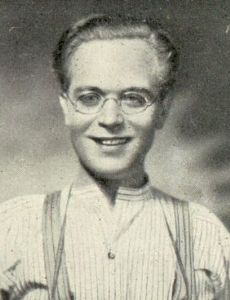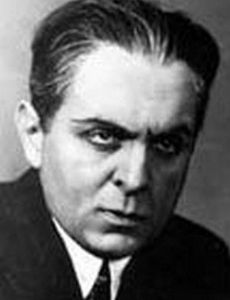Metropolis is a 1927 German expressionist science-fiction silent film directed by Fritz Lang and written by Thea von Harbou in collaboration with Lang from von Harbou's 1925 novel of the same name (which was intentionally written as a treatment). It stars Gustav Fröhlich, Alfred Abel, Rudolf Klein-Rogge, and Brigitte Helm. Erich Pommer produced it in the Babelsberg Studio for Universum Film A.G. (UFA). Metropolis is regarded as a pioneering science-fiction film, being among the first feature-length ones of that genre. Filming took place over 17 months in 1925–26 at a cost of more than five million Reichsmarks, or the equivalent of about €21 million.
| Directed by | |||
| Produced by | |||
| Written by |
|
||
| Screenplay by |
|
||
| Story by |
|
||
| Based on | Metropolis
by Thea von Harbou |
||
| Starring | |||
| Narrated by |
|
||
| Music by | |||
| Cinematography | |||
| Edited by |
|
||
| Animation by |
|
||
| Layouts by |
|
||
| Backgrounds by |
|
||
| Color process |
|
||
| Production company | |||
| Distributed by | |||
| Release date |
|
||
| Running time |
|
||
| Country | |||
| Language |
|
||
| Budget | 5.3 million Reichsmarks (estimated) (equivalent to €35 million 2009)
|
||
| Box office | 75,000 Reichsmarks (estimated)
|
ADDITIONAL DETAILS
| Type | |||
| Class |
|
||
| Theme |
|
||
| Tone |
|
||
| Mood |
|
Joh Frederson: In their proper place, the depths.
- Film included more than 37,000 extras including 25,000 men, 11,000 women, 1,100 bald men, 750 children, 100 dark-skinned people and 25 Asians.
- Reportedly one of Adolf Hitler's favorite films.
- Being one of the most expensive movies of the time, costing around 5,000,000 marks, this film nearly sent UFA (Universum Film) into bankruptcy.
- The restored version of 2001 is based on a digital restoration at 2K resolution from the best available sources. The image quality far surpasses anything seen since the original release of the film.
- No optical printing system existed at the time, so to create a matte effect, a large mirror was placed at an angle to reflect a piece of artwork while live footage was projected onto the reverse. To expose the projected footage, the silvering on the back of the mirror had to be scraped off in strategically appropriate places. One mistake would ruin the whole mirror. This was done for each separate shot that had to be composited in this manner. This procedure was developed by Eugen Schüfftan and is known as the "Schufftan Process."
More...
This page is the FamousFix profile for Metropolis. Content on this page is contributed by editors who belong to our editorial community. We welcome your contributions... so please create an account if you would like to collaborate with other editor's in helping to shape this website.
On the Metropolis page you will be able to add and update factual information, post media and connect this topic to other topics on the website. This website does skew towards famous actors, musicians, models and sports stars, however we would like to expand that to include many other interesting topics.



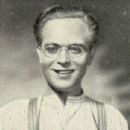
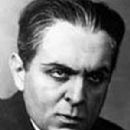

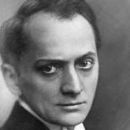
![Brigitte Helm - Yours Retro Magazine Pictorial [United Kingdom] (May 2023)](http://img3.bdbphotos.com/images/130x130/k/t/ktjoqvggwsm8w8vj.jpg?skj2io4l)





